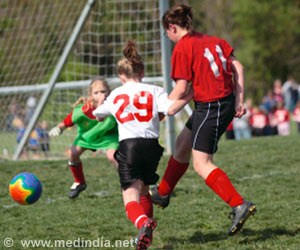Squeeze lemons on a pair of breasts or chuck the trash into a lifelike life-sized posterior. After contemporary artists such as Damien Hirst, whose recreated skulls fetch record prices on the art market, designers increasingly are basing objects for everyday life from all sorts of body parts.
"The human body has become a source of inspiration," said trendspotter Francois Bernard at the Maison & Objet trade fair, one of the world's top home shows that was taking place in Paris this week.There were blonde and brunette chairs covered in hair from Austria, fleshy-looking internal organs doubling up as water-bottles from Denmark, and porcelain fingers and hands beckoning to be used as coat- or hat-hooks.
A real-size Dutch garbage bin titled "Fill Bill" came in the shape of a man bent over double at the waist, his open posterior ready for the trash.
"The body has been very much in focus in Western society, in plastic surgery and the obsession with exercise, but only recently has featured strongly in art," added Bernard.
"The body, nature, life forms, are a primary influence," he added.
And alongside a stool pretending to be a brain and a chair a skull -- iconic pieces from Ukraine-born designer Vladi Rapaport based in the Netherlands -- came pieces closer to Mother Nature than to her earthlings.
Advertisement
"After the economic crisis, people want to be protected and enveloped. Designers are inspired by the softness of nature," said trend-watcher Vincent Gregoire.
Advertisement
"The little luminous sculpture reconciles nature and technology," said Drift Design.
Another technological lighting prowess titled "Fiat Lux", or the biblical "Let there be light", was a lamp whose sphere-shaped switch levitates in the air when the light is on and attaches to the lampshade magnetically when the light is switched off.
"The user becomes a magician," said designer Constance Guisset.
Other innovations on show at the fair included a see-through toaster enabling users to watch the bread burn, a new 3-dimensional fabric for outdoor furniture that lets the rain through and dries in minutes, and a concrete wall that doubles as a sound system.
"People want to stay close to mother nature, to authenticity, to the past," award-winning architect Vincent Van Duysen told AFP. "They are attracted by purity."
Source-AFP
LIN








